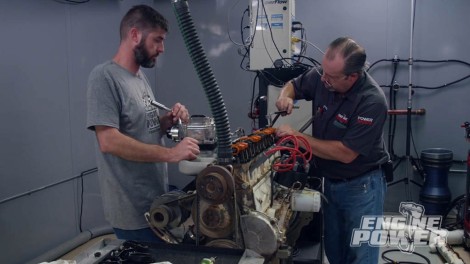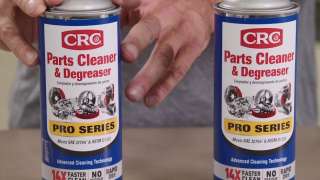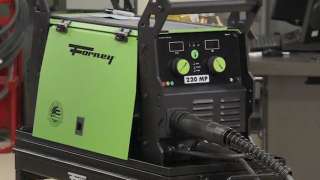
Ford 300 Inline Six Gets Eye-Popping Off-The-Shelf Power
Even after 45 years, our antique Ford engine still runs. And after some needed upgrades, it will run like a champ!
Season 7
Episode 17
Hosts: Mike Galley, Pat Topolinski
First Air Date: September 22, 2020
Duration: 21 minutes 35 seconds











































